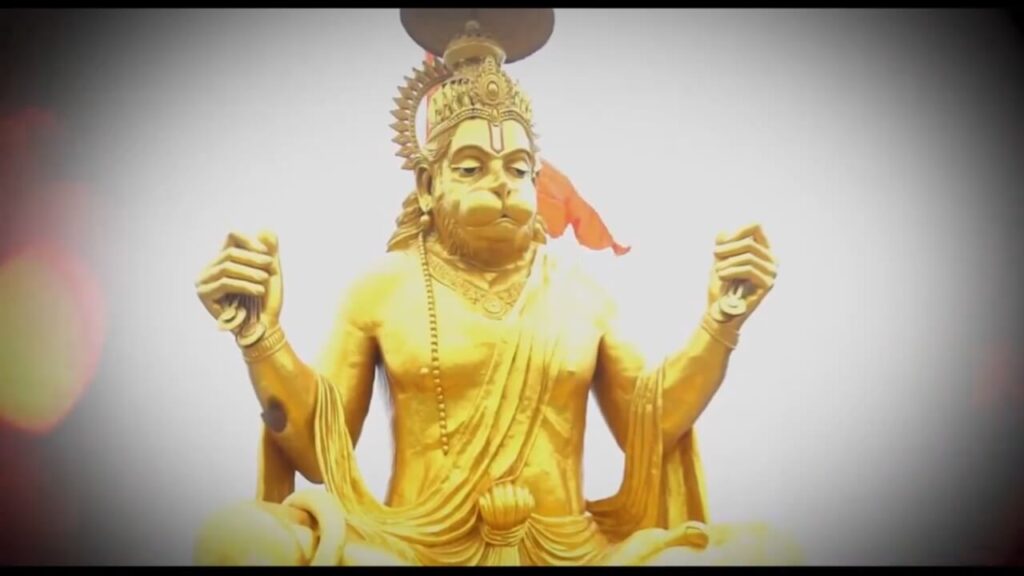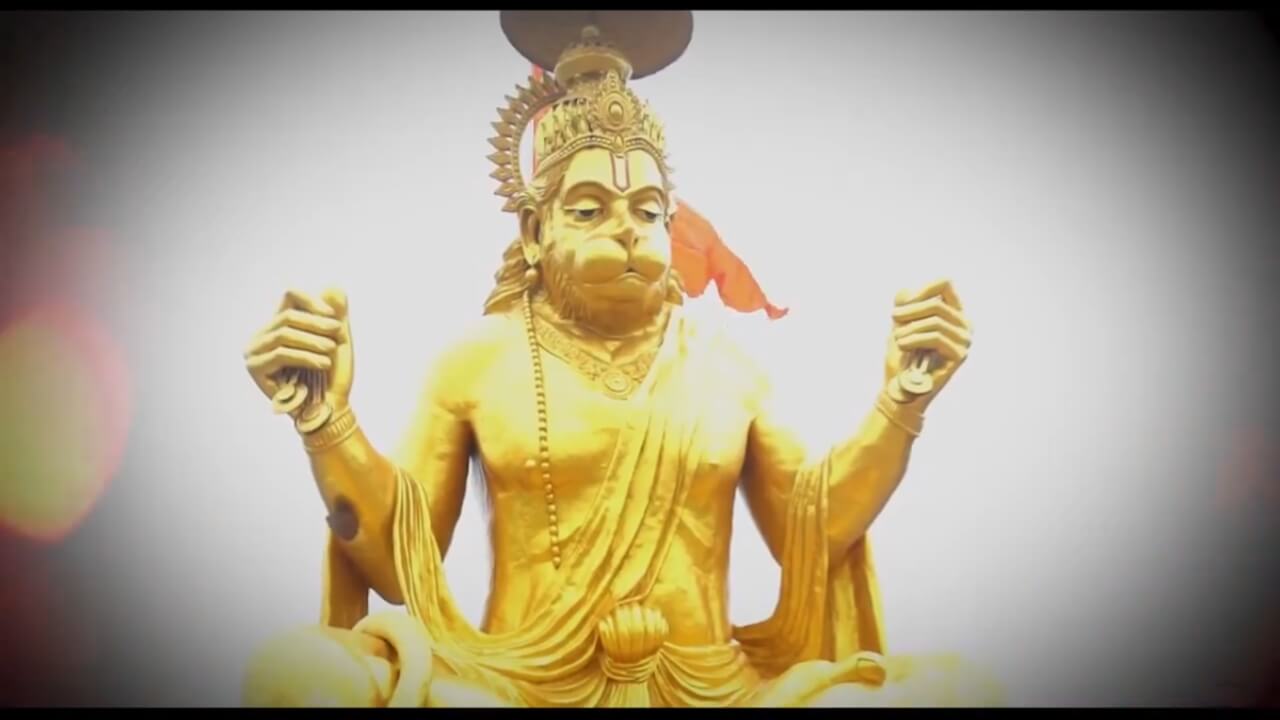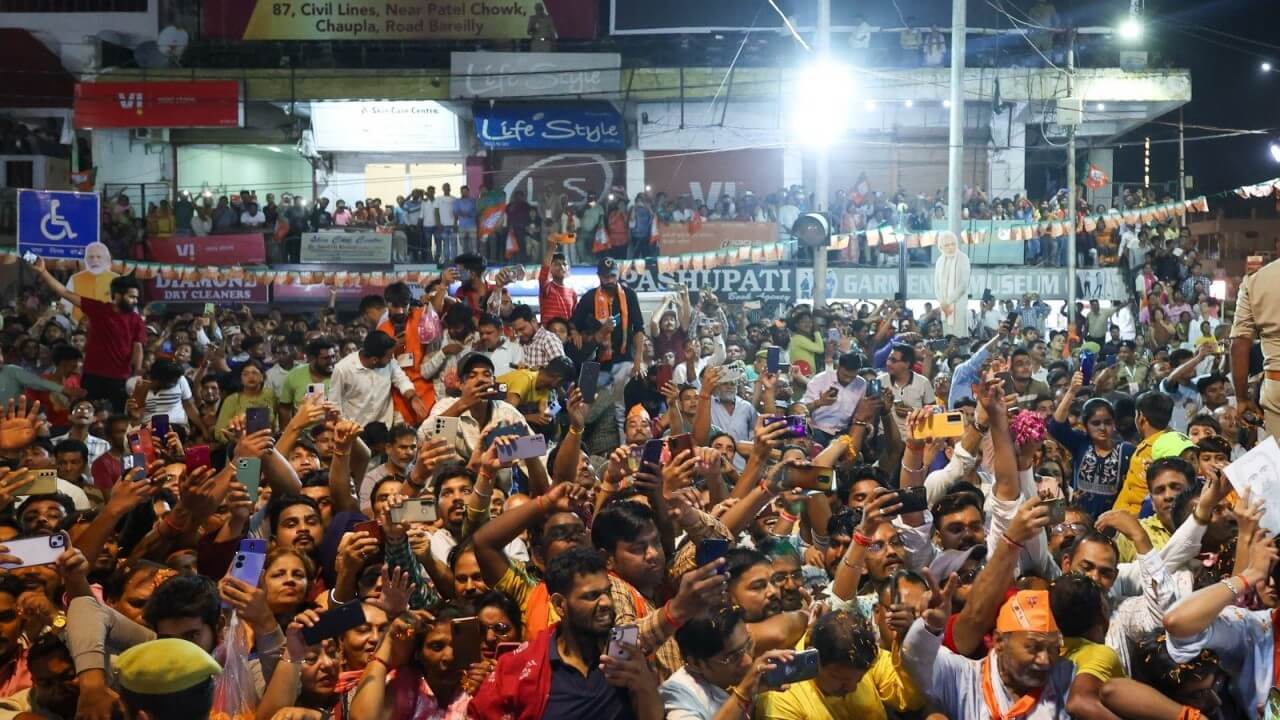
Hanuman Jayanti, celebrated on the full moon day of Shukla Paksha in the Hindu month of Chaitra, honors the birth of Lord Hanuman—the monkey God and a devoted follower of Shri Ram and Sita Mata. Lord Hanuman played a significant role in rescuing Sita from the clutches of the demon King Ravana. His attributes of devotion, strength, and selflessness continue to inspire devotees worldwide.
Here are some key details about Hanuman Jayanti 2024:
- Date: This year, Hanuman Jayanti falls on Tuesday, April 23, 2024.
- Significance: Worshipping Hanuman is believed to dispel negative energies, remove obstacles, and fulfill desires.
- Dos and Don’ts:
- Thoroughly clean the puja area and gather puja samagri (materials).
- Decorate the puja area with rangoli, flowers, and other decorative items.
- Place a picture or idol of Lord Hanuman and prepare prasad (offering) of his favorite sweets and fruits.
- Essential puja samagri includes sindoor, incense sticks, diya (lamp), coconut, and flowers.
- Begin the puja by lighting the diya and incense sticks, offering flowers, fruits, and sweets to Hanuman.
- Recite the Hanuman Chalisa and other Hanuman mantras during the puja, seeking blessings.
- Distribute prasad at the end of the puja.
Story of Bal Hanuman: One endearing childhood tale of Hanuman involves his attempt to swallow the sun, mistaking it for a ripe, golden fruit. Eventually, the Gods blessed him with immense powers. Hanuman’s mischievous yet devoted nature remains an inspiration for all.
May Lord Hanuman’s strength and devotion guide us on this auspicious day! 🙏🌟
Hanuman Jayanti, celebrated as the birth anniversary of Lord Hanuman, holds immense significance for Hindus worldwide. Let’s explore its meaning, popular temples, and regional celebrations:
Significance of Hanuman Jayanti:
- Birth of Lord Hanuman: Hanuman Jayanti commemorates the birth of Lord Hanuman, a revered deity known for his unwavering devotion, courage, and strength.
- Spiritual Reflection: Devotees aspire to emulate Hanuman’s virtues—devotion, humility, and selflessness—in their own lives.
- Overcoming Obstacles: It serves as a reminder of the power of devotion in overcoming obstacles and attaining spiritual growth.
Popular Temples Dedicated to Lord Hanuman:
- Salasar Balaji Temple (Rajasthan): Known for fulfilling devotees’ wishes, it attracts pilgrims seeking blessings from Hanuman.
- Hanumangarhi Temple (Ayodhya): Situated on a hill, this ancient temple is dedicated to Lord Hanuman.
- Jakhoo Temple (Shimla): Famous for its colossal Hanuman statue and panoramic views.
- Sankat Mochan Temple (Varanasi): Devotees visit to seek relief from troubles and obstacles.
- Mahavir Hanuman Temple (Gujarat): A revered temple in Gujarat.
- Sri Anjaneya Swamy Temple (Chennai): A significant temple in South India.
Regional Celebrations:
- Tamil Nadu and Kerala: Celebrated on the New Moon day in the month of Margali (Dhanu).
- Maharashtra: Celebrated on the Full Moon day (Purnima) of the Hindu month of Chaitra (typically March or April).
- Telangana and Andhra Pradesh: Festivities last for 41 days, starting on Chaitra Purnima and culminating during Krishna Paksha in Vaishaka.
- Odisha: Pana Sankranti marks Hanuman’s birthday, with devotees chanting Hanuman Chalisa and reading the Sundarkaand.
Celebration Practices:
- Prayers and Fasting: Devotees observe prayers, fasting, and recite the Hanuman Chalisa.
- Temple Visits: Pilgrims visit Hanuman temples, offer flowers, light lamps, and seek blessings.
- Bhajans and Kirtans: Devotional songs and musical recitations honor Hanuman’s virtues.
- Spiritual Reflection: A time for introspection and seeking Hanuman’s grace.
May Lord Hanuman’s strength and devotion inspire us on this auspicious day! 🙏🌟
Let’s explore the rituals, significance of the Hanuman Chalisa, and how children participate in Hanuman Jayanti celebrations:
Rituals during Hanuman Jayanti:
- Cleaning and Decoration: Devotees clean their puja area and decorate it with rangoli, flowers, and other decorative items.
- Idol Placement: A picture or idol of Lord Hanuman is placed in the puja area.
- Prasad Preparation: Devotees prepare prasad (offering) of Lord Hanuman’s favorite sweets and fruits.
- Essential Puja Samagri: Items like sindoor, incense sticks, diya (lamp), coconut, and flowers are essential for the puja.
- Puja Commencement: After bathing and wearing fresh clothes, the puja begins by lighting the diya and incense sticks.
- Recitation and Chanting: Devotees recite the Hanuman Chalisa and other Hanuman mantras during the puja, seeking blessings.
- Prasad Distribution: At the end of the puja, prasad is distributed to all.
Significance of Hanuman Chalisa:
- The Hanuman Chalisa is a devotional hymn dedicated to Lord Hanuman.
- Composed by Tulsidas, it consists of 40 verses in Awadhi language.
- Significance:
- Devotion: Reciting the Hanuman Chalisa invokes devotion and strengthens the bond with Hanuman.
- Protection: It is believed to protect devotees from negative energies, fears, and obstacles.
- Blessings: Chanting the Chalisa seeks Hanuman’s blessings for courage, strength, and well-being.
Children’s Participation:
Children actively participate in Hanuman Jayanti celebrations:
- Learning Hanuman Chalisa: Parents teach children the Hanuman Chalisa, emphasizing its importance.
- Craft Activities: Children create Hanuman idols, rangoli designs, or draw scenes from Hanuman’s life.
- Storytelling: Parents narrate Hanuman’s stories, emphasizing his bravery and devotion.
- Aarti and Bhajans: Children join in singing aarti and bhajans during the puja.
- Prasad Sharing: Children help distribute prasad to family members and guests.
Story of Bal Hanuman:
- One endearing tale involves young Hanuman attempting to swallow the sun, mistaking it for a golden fruit. Gods blessed him with immense powers.
- His mischievous yet devoted nature continues to inspire children and adults alike.
May Lord Hanuman’s virtues guide us all! 🙏🌟
Let’s explore the other mantras dedicated to Lord Hanuman, ways to involve children in temple visits during Hanuman Jayanti, and the significance of sindoor in Hanuman worship:
Other Mantras Dedicated to Lord Hanuman:
- Om Han Hanumate Namah: This simple mantra bestows strength, protection, and success to the devotee.
- Om Shri Hanumate Namah: Chanting this mantra is believed to bring peace, prosperity, and success, along with improving mental and physical health.
Involving Children in Temple Visits during Hanuman Jayanti:
- Family Outing: Make temple visits a family outing. Explain the significance of Hanuman Jayanti to children.
- Interactive Learning: Engage children by narrating stories of Hanuman’s devotion and bravery.
- Offering Prayers: Encourage children to offer flowers or light a diya (lamp) in front of Hanuman’s idol.
- Sindoor Application: Teach children about the significance of applying sindoor during Hanuman worship.
Significance of Sindoor in Hanuman Worship:
- Ganesha/Ganpati: In Ashta Vinayak temples of Maharashtra, each self-manifested Ganesha murti is anointed with sindoor. It symbolizes bravery and active energy.
- Rama Bhakta Hanuman: Hanuman’s tradition of covering his murti in sindoor stems from his devotion. He smeared sindoor to ensure Rama’s immortality. Worshiping Hanuman with sindoor is believed to resolve difficulties.
In these rituals and practices, sindoor becomes a medium through which devotees connect with the divine, symbolizing bravery, protection, and unwavering faith. It marks not just the figures of worship but also represents the qualities we aspire to embody – strength, protection, and devotion. 🙏🌟
Let’s explore the benefits of chanting Hanuman mantras, creating a home altar for Lord Hanuman, and the significance of lighting lamps during puja:
Benefits of Chanting Hanuman Mantras Daily:
Strength and Power: Hanuman is the source of immense strength and power. Chanting Hanuman Mantras provides strength to overcome troubles and health issues.
- Resilience: Regular chanting makes you resilient, helping you face difficulties with courage.
- Health and Healing: Hanuman Mantras aid in overcoming adverse health conditions. Some have even reported recovery from serious illnesses due to dedicated chanting.
- Protection from Negative Energies: Chanting wards off negative spirits and influences.
- Stamina and Courage: Wrestlers often recite Hanuman Mantras for stamina and courage during bouts.
- Mental and Spiritual Strength: Hanuman Mantras not only strengthen physically but also mentally and spiritually.
Creating a Home Altar for Lord Hanuman:
- Choose a Quiet Corner: Devote an entire room if possible, or select a quiet corner in a room.
- Ideal Placement: According to Vastu Shastra, the home altar should be in the northeastern most room, with the shrine in the northeastern corner. This aids positive energy flow.
- Deities to Include: Main deities include Ganesha, Parvati, Shiva, Vishnu, and Krishna. Always include Lord Ganesha.
- Materials for Altar: Use a ready-made mandir or a small table with a saffron-colored cloth. Add an incense burner, diya (oil lamp), bell, and a box for dakshina (offering).
- Placement of Murtis: Place murtis (statues) facing you. Ideally, use a smaller platform within the mandir or on the table.
- Clothing and Offerings: Regularly clothe the murtis, offer flowers, incense, and other items. Meditate in front of the altar for upkeep.
Significance of Lighting Lamps (Diya) during Puja:
- Removal of Darkness: The lamp removes darkness, symbolizing the removal of ignorance. It represents the light of spiritual knowledge.
- Flow of Positive Energy: The flame radiates heat and light energy, aiding positive energy flow.
- Spiritual Enlightenment: Lighting a lamp leads to spiritual knowledge, symbolically removing ignorance.
- Gratitude to Nature: Lighting lamps around Tulsi plants and trees shows gratitude to nature.
- Experience Positive Energy: Regular lamp lighting in the puja room creates a serene atmosphere and fosters devotion.
Remember, lighting a lamp not only illuminates the physical space but also kindles the inner light of knowledge and devotion. 🪔🙏



























Thank you for any other wonderful article. Where else may just anybody get that kind of information in such a perfect method of writing? I have a presentation next week, and I’m at the look for such information.
I got what you intend, regards for putting up.Woh I am lucky to find this website through google. “If one does not know to which port one is sailing, no wind is favorable.” by Seneca.
Hi, just required you to know I he added your site to my Google bookmarks due to your layout. But seriously, I believe your internet site has 1 in the freshest theme I??ve came across. It extremely helps make reading your blog significantly easier.
I simply couldn’t depart your web site before suggesting that I actually loved the standard information an individual supply on your visitors? Is gonna be again frequently to check up on new posts.
Superb website you have here but I was wanting to know if you knew of any discussion boards that cover the same topics discussed in this article? I’d really love to be a part of community where I can get opinions from other knowledgeable individuals that share the same interest. If you have any suggestions, please let me know. Kudos!
Super-Duper blog! I am loving it!! Will be back later to read some more. I am bookmarking your feeds also.
Outstanding post however I was wondering if you could write a litte more on this subject? I’d be very grateful if you could elaborate a little bit further. Thank you!
Very interesting topic, thanks for posting.